Lemon Balm Control: Tips For Getting Rid Of Lemon Balm Weeds
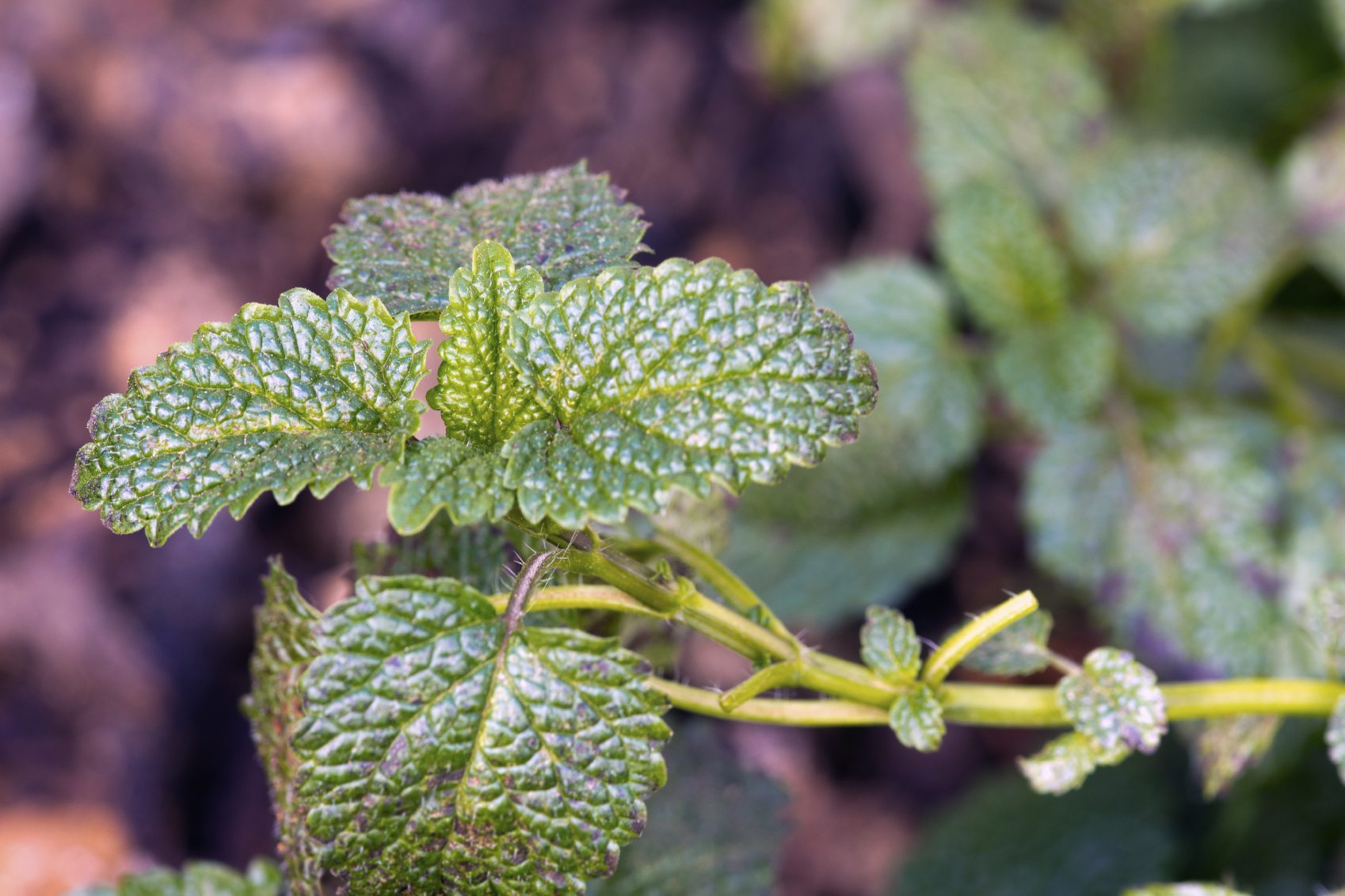

Lemon balm is easy to grow and provides a pleasant, lemony flavor and aroma for hot dishes, tea, or cold drinks. It's hard to imagine that such a lovely plant could cause so many problems, but this member of the mint family is super-prolific and can wear out its welcome in a hurry.
How to Prevent Lemon Balm Weeds
A weed is defined as any plant that grows where you don't want it, and lemon balm proves the point. This dainty little plant that looks so innocent when you buy it at the garden center can reach a height of 2 feet (61 cm.) and a spread of 3 feet (1 m.) by the end of the first growing season. Worse yet, the plant self-seeds itself like a champ and before you know it, you have a garden full of more lemon balm than you ever wanted-- or needed. The most effective way to keep lemon balm in bounds is to prevent the plant from going to seed. One way to accomplish this is to shear the plant two or three times every year so it doesn't bloom. Don't worry; cutting the plant back won't hurt it. If the plant blooms, snip off the flowers before they have a chance to go to seed. Even one bloom can contain a tremendous number of seeds.
Getting Rid of Lemon Balm
If the plant has already gone to seed and taken over your garden, removing the plant by hand is usually the best recourse. Be sure the ground is slightly damp so you can pull entire plants, along with the roots and runners (stolons). If you leave roots or stolons in the ground, the plants will return with a vengeance. You may want to loosen the soil with a garden fork to make weeding easier if the ground is hard. One weeding may not be enough for complete lemon balm control. Keep an eye on problem areas and pull the small shoots as soon as they appear. Controlling lemon balm plants requires persistence.
Gardening tips, videos, info and more delivered right to your inbox!
Sign up for the Gardening Know How newsletter today and receive a free copy of our e-book "How to Grow Delicious Tomatoes".

A Credentialed Garden Writer, Mary H. Dyer was with Gardening Know How in the very beginning, publishing articles as early as 2007.
-
 Try The Trend – Turn Any Bed Into A Keyhole Garden With This Clever In-Ground Composter
Try The Trend – Turn Any Bed Into A Keyhole Garden With This Clever In-Ground ComposterKeyhole gardening is an efficient and sustainable practice that saves space. Get started on this DIY project quickly and easily with an in-ground composter.
By Bonnie L. Grant
-
 4 Superfast Composting Methods: Turn Waste Into Garden Gold In 30 Days Or Less
4 Superfast Composting Methods: Turn Waste Into Garden Gold In 30 Days Or LessTry the fastest composting methods to turbocharge your pile and transform kitchen scraps and garden waste into finished compost in just a few weeks.
By Mary Ellen Ellis
-
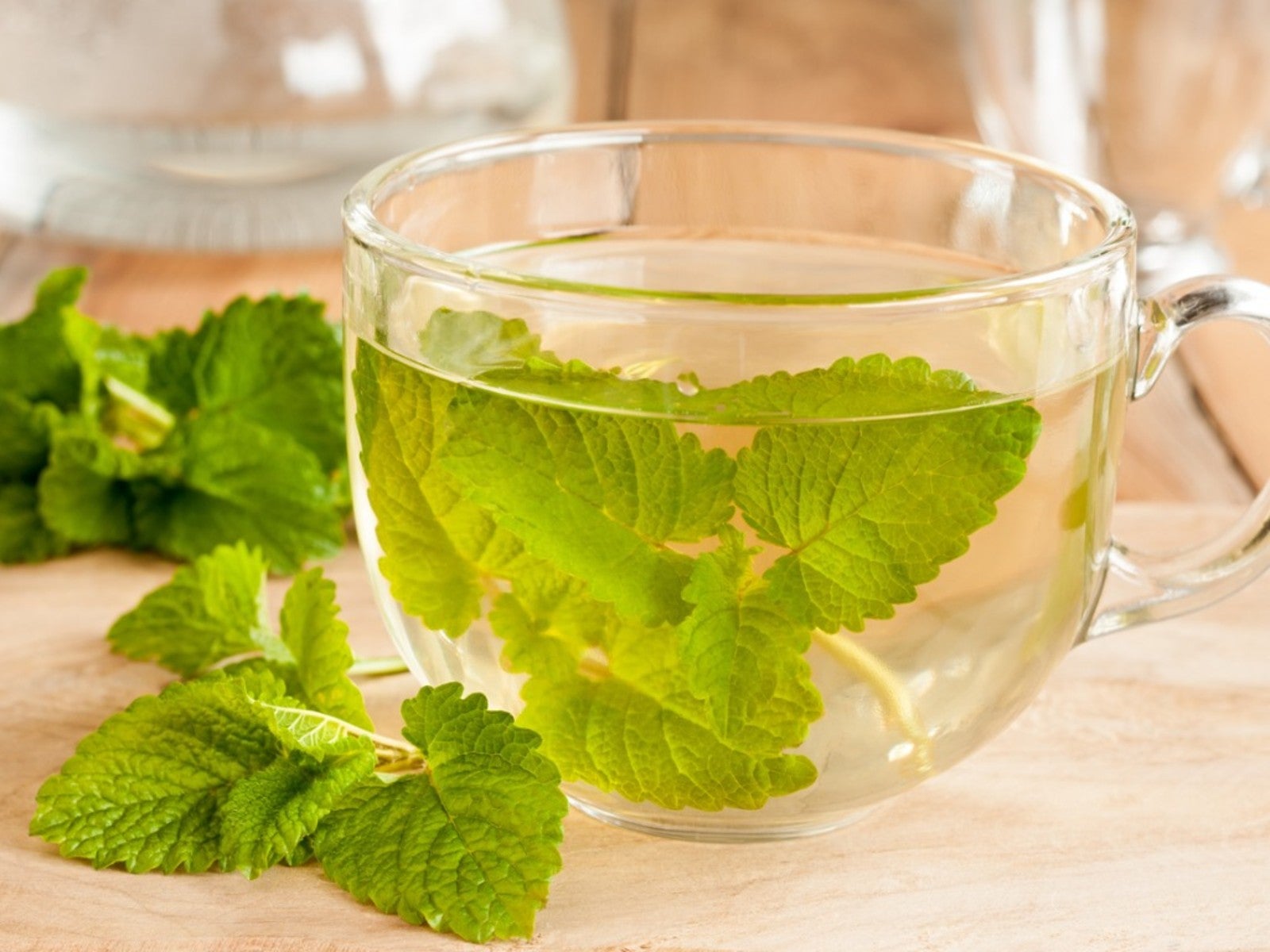 Lemon Balm Uses - What Is Lemon Balm Plant Used For
Lemon Balm Uses - What Is Lemon Balm Plant Used ForWhat are the benefits of lemon balm? Read on to learn about herbal and medicinal uses for lemon balm plants.
By Amy Grant
-
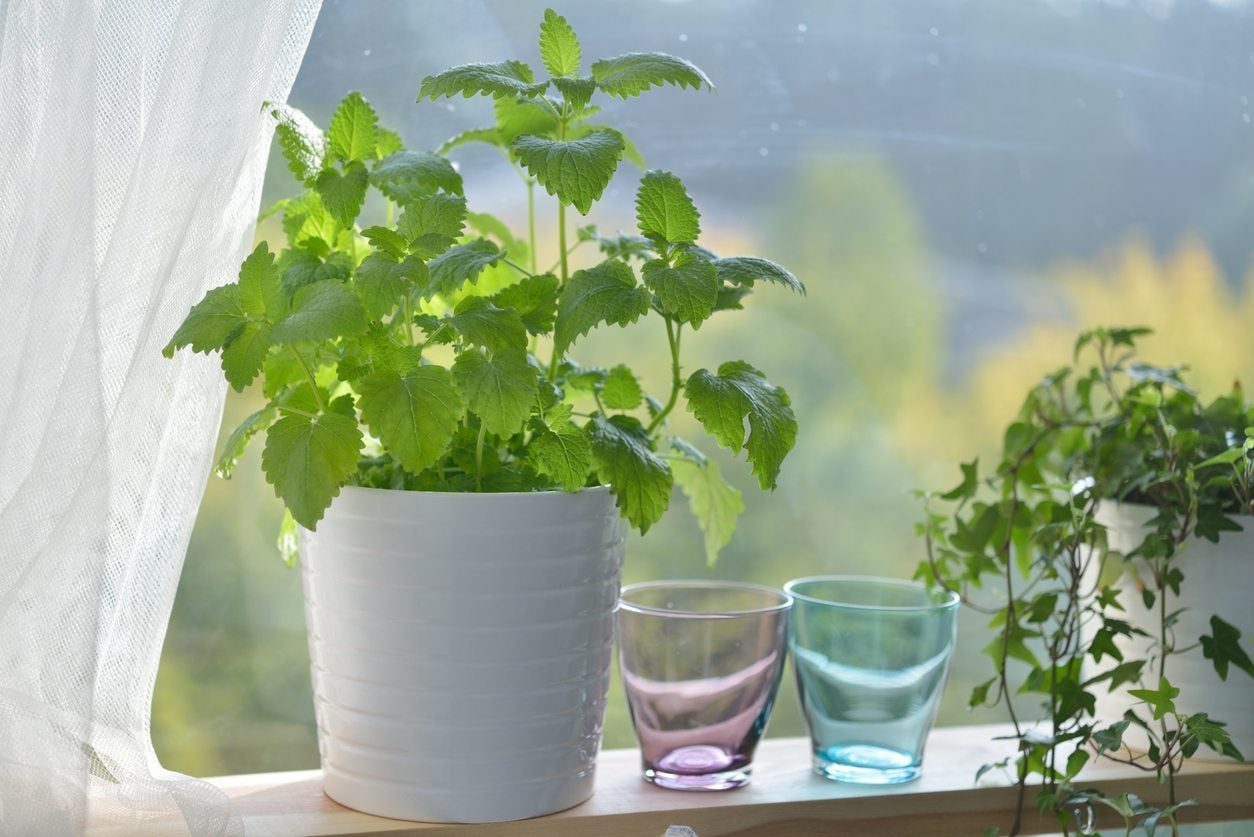 Indoor Lemon Balm Care – Tips For Growing Lemon Balm Indoors
Indoor Lemon Balm Care – Tips For Growing Lemon Balm IndoorsLemon balm as a houseplant offers a beautiful lemony aroma, a tasty addition to foods and drinks, and a pretty potted plant for a sunny window ledge. Knowing what this herb needs will allow you to grow it indoors, year-round. Learn more in this article.
By Mary Ellen Ellis
-
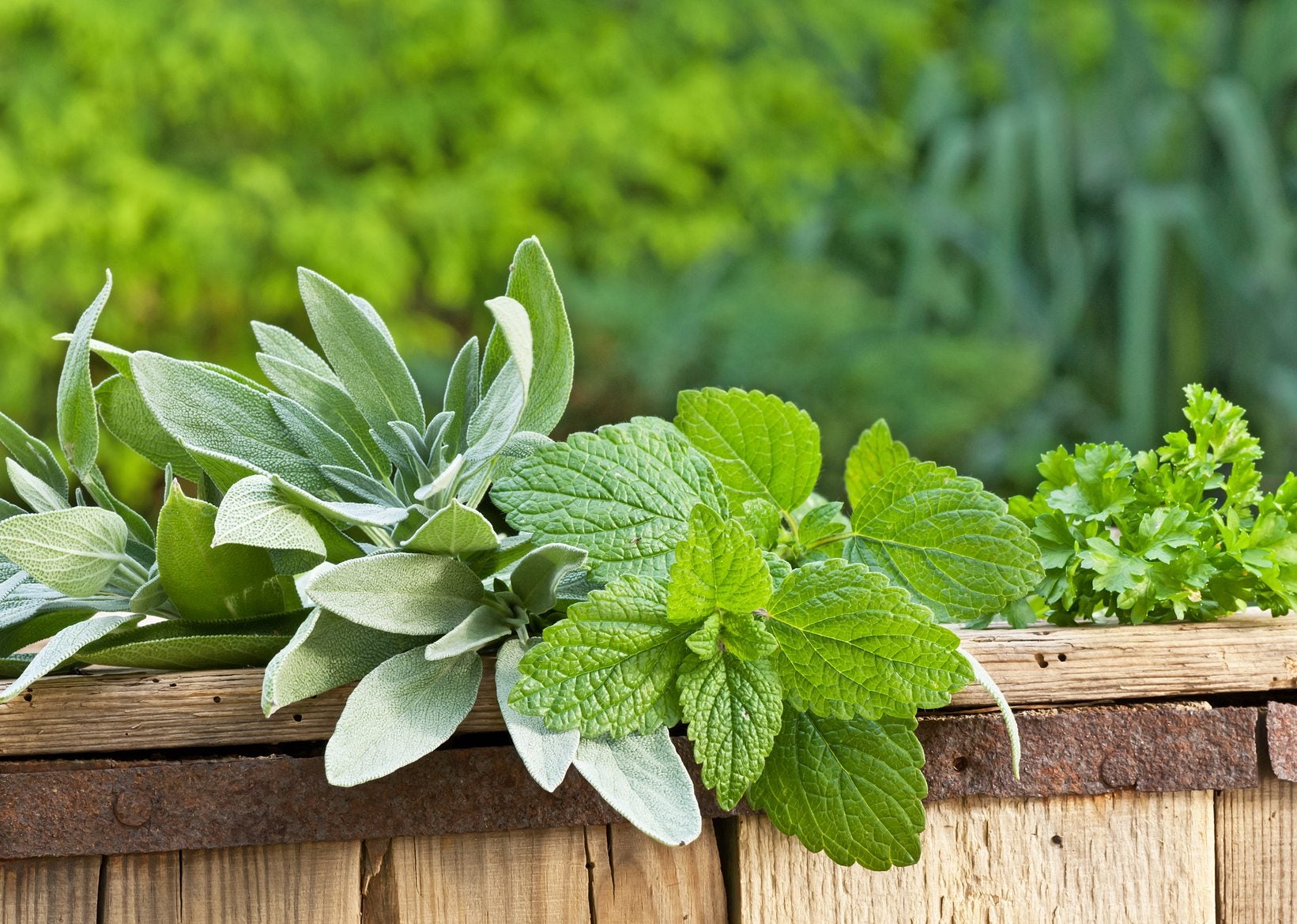 Companions For Lemon Balm – Learn About Lemon Balm Companion Planting
Companions For Lemon Balm – Learn About Lemon Balm Companion PlantingA member of the mint family, lemon balm is easy to grow, even for newbie gardeners. If you're wondering what to plant with lemon balm, then look to this article for a few suggestions to get you started. Click here for more info.
By Mary H. Dyer
-
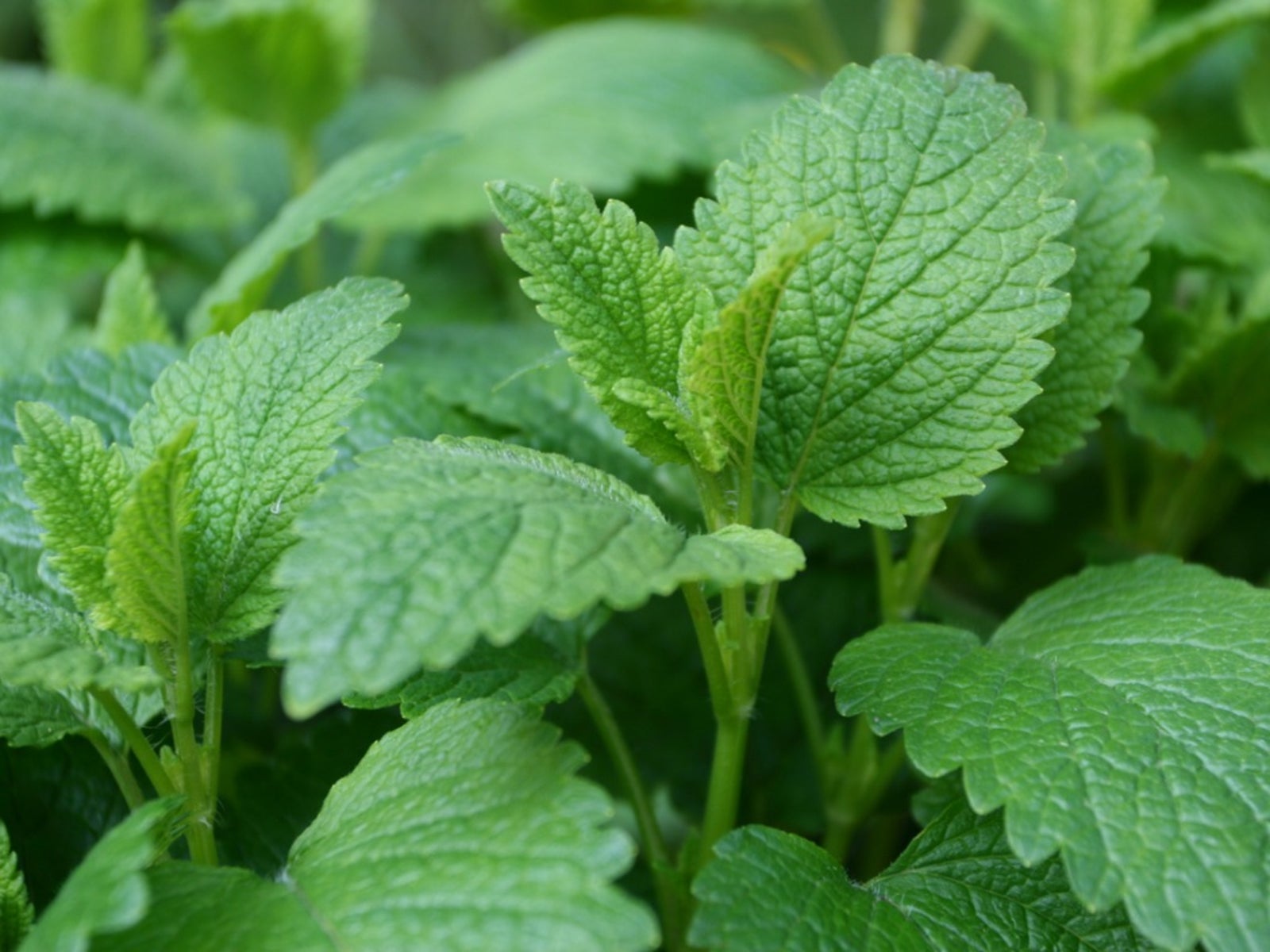 Tips For Growing Lemon Balm
Tips For Growing Lemon BalmWhile not as popular as other herbs, lemon balm is a wonderful herb to have in your garden. Wondering what to do with lemon balm and what is lemon balm used for exactly? Read this article to learn more.
By Heather Rhoades